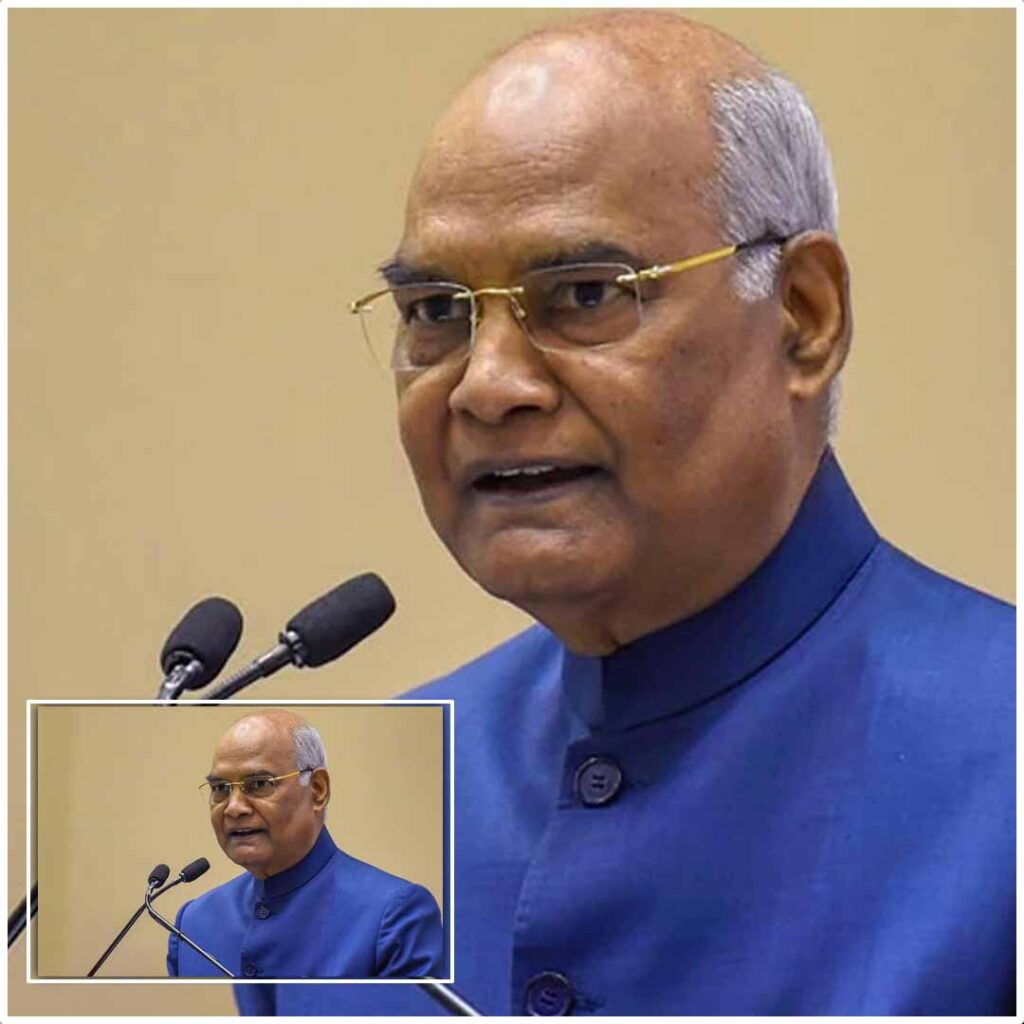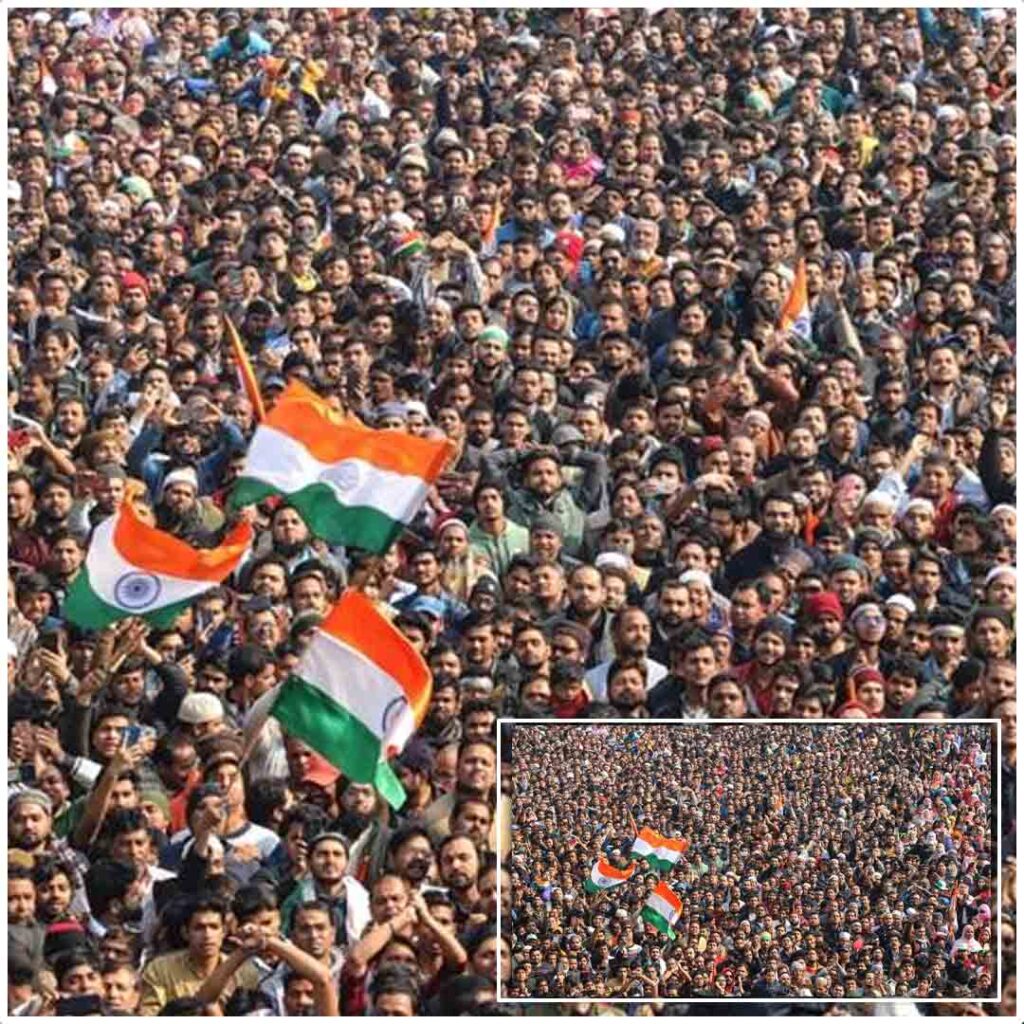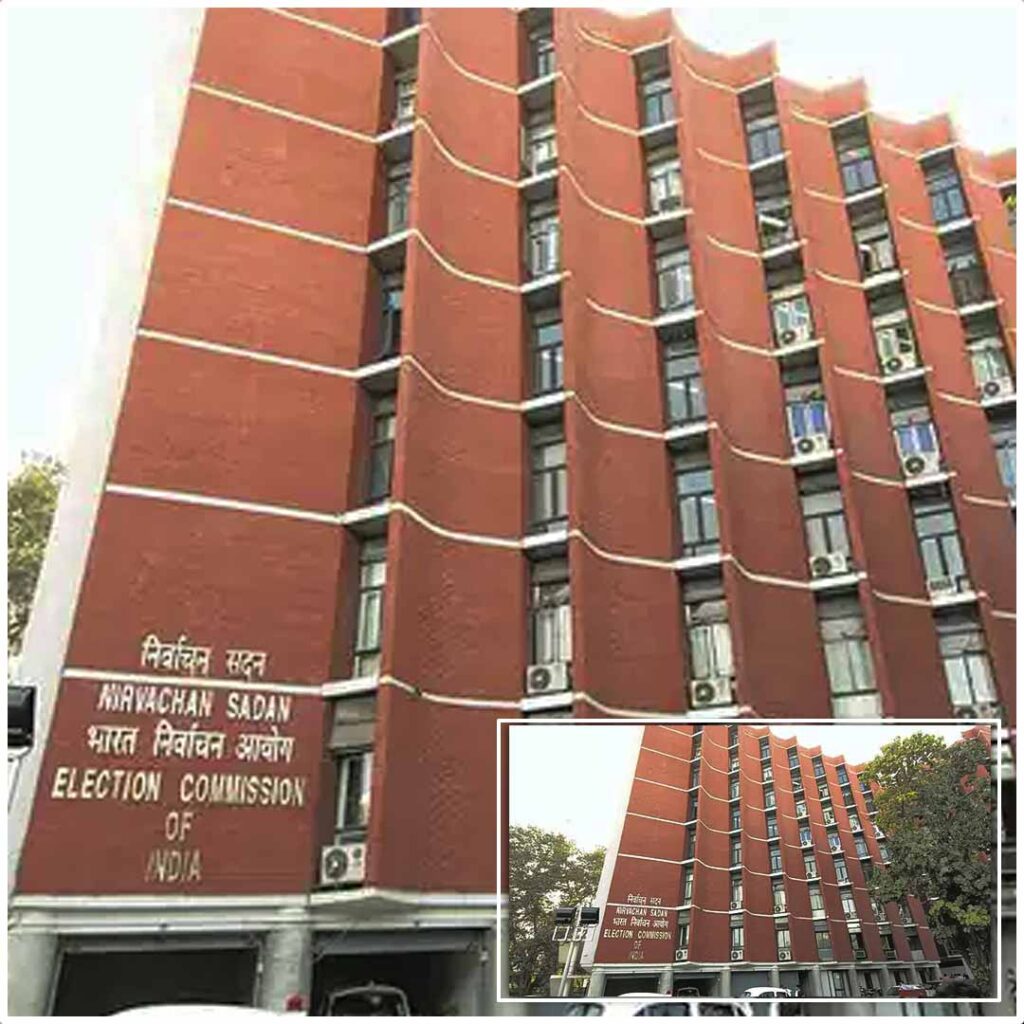India is a vast and diverse country with a federal system of government. This means that there are different levels of governance, such as the central government, the state governments, and the local bodies. Each of these levels has its own elections to choose their representatives. However, these elections are not held at the same time, but at different intervals, depending on the tenure of the elected bodies or other factors.

This leads to a situation where the country is always in an election mode, with frequent campaigns, rallies, and polls. This also affects the functioning of the government, as the Model Code of Conduct (MCC) comes into force during elections, which restricts the announcement and implementation of new policies and schemes. Moreover, elections are also expensive and time-consuming, both for the candidates and the voters.
To address these issues, some people have proposed the idea of ‘One Nation, One Election’, which means holding simultaneous elections for all levels of government at once. This would mean that the voters would cast their votes for the Lok Sabha (the lower house of Parliament), the state assemblies, and the local bodies in one go, and elect their representatives for a fixed term.

The proponents of this idea argue that it would have several benefits, such as:
• Saving money and resources: According to some estimates, the 2019 Lok Sabha elections cost around Rs 60,000 crore, which includes the expenditure by the Election Commission of India (ECI) and the political parties. Holding simultaneous elections would reduce this cost significantly, as the logistics and security arrangements would be shared.
• Improving efficiency and governance: Holding simultaneous elections would also reduce the disruption caused by frequent elections to the normal functioning of the government. The MCC would be imposed only once in five years, instead of multiple times. This would allow the government to focus on its policies and programmes without any hindrance.
• Increasing voter turnout: Holding simultaneous elections would also make it easier and convenient for the voters to exercise their franchise. They would not have to go to the polling booths multiple times, but only once in five years. This could increase their participation and interest in the electoral process.
However, there are also some challenges and drawbacks associated with this idea, such as:
• Constitutional amendments: Holding simultaneous elections would require changing some provisions of the Constitution of India, such as Article 83 (duration of Houses of Parliament), Article 172 (duration of state legislatures), Article 356 (President’s rule in states), and Article 324 (powers and functions of ECI). These amendments would need a two-thirds majority in both houses of Parliament and ratification by at least half of the state legislatures.
• Loss of regional diversity: Holding simultaneous elections could also affect the regional diversity and identity of India, as national issues might overshadow local issues. The regional parties might lose their relevance and influence, as they would have to compete with national parties on a larger scale. This could also reduce the representation and voice of different regions and communities in the national polity.
• Practical difficulties: Holding simultaneous elections could also pose some practical difficulties, such as ensuring adequate availability of electronic voting machines (EVMs), voter verifiable paper audit trail (VVPAT) machines, polling personnel, security forces, etc. Moreover, there could be situations where a government loses its majority or confidence before its term ends due to defections, resignations, or no-confidence motions. In such cases, either fresh elections would have to be held or President’s rule would have to be imposed until the next cycle of simultaneous elections.
The idea of ‘One Nation, One Election’ is not new in India. In fact, India had simultaneous elections for the first three general elections in 1952, 1957, and 1962. However, this synchronisation was disrupted due to early dissolution or extension of some state assemblies or the Lok Sabha due to various reasons. Since then, India has never had simultaneous elections again.
However, some countries in the world do have simultaneous elections for different levels of government. For example:
• South Africa: South Africa has a system of proportional representation with closed party lists. It holds simultaneous elections for its National Assembly (the lower house of Parliament), its provincial legislatures, and its municipal councils every five years.
• Sweden: Sweden also has a system of proportional representation with open party lists. It holds simultaneous elections for its Riksdag (the unicameral Parliament), its county councils, and its municipal councils every four years.
• Brazil: Brazil has a mixed system of proportional representation and majoritarian system. It holds simultaneous elections for its Chamber of Deputies (the lower house of Congress), its Senate (the upper house of Congress), its state legislatures, its governorships, and its municipal councils every four years.

ongoing in India, with different opinions and perspectives from various stakeholders. The government has formed a committee, led by former President Ram Nath Kovind, to explore the possibility of this idea. The Law Commission of India, in its draft report in 2018, had also suggested some ways to implement this idea, such as holding two phases of simultaneous elections in 2019 and 2024. However, there is no consensus or clarity on this issue yet, and it remains to be seen whether India will adopt this idea or not.






















